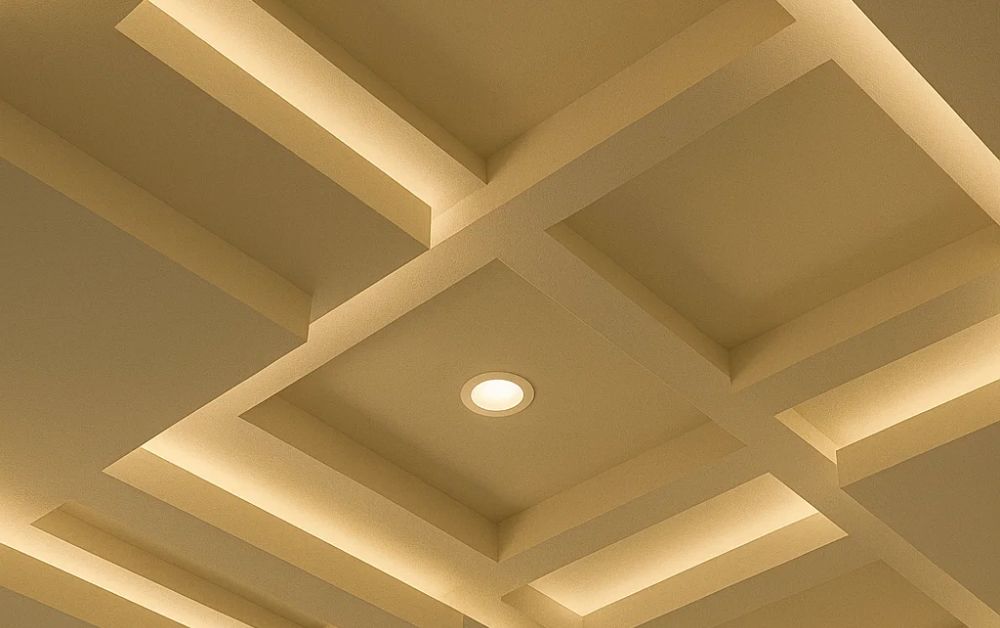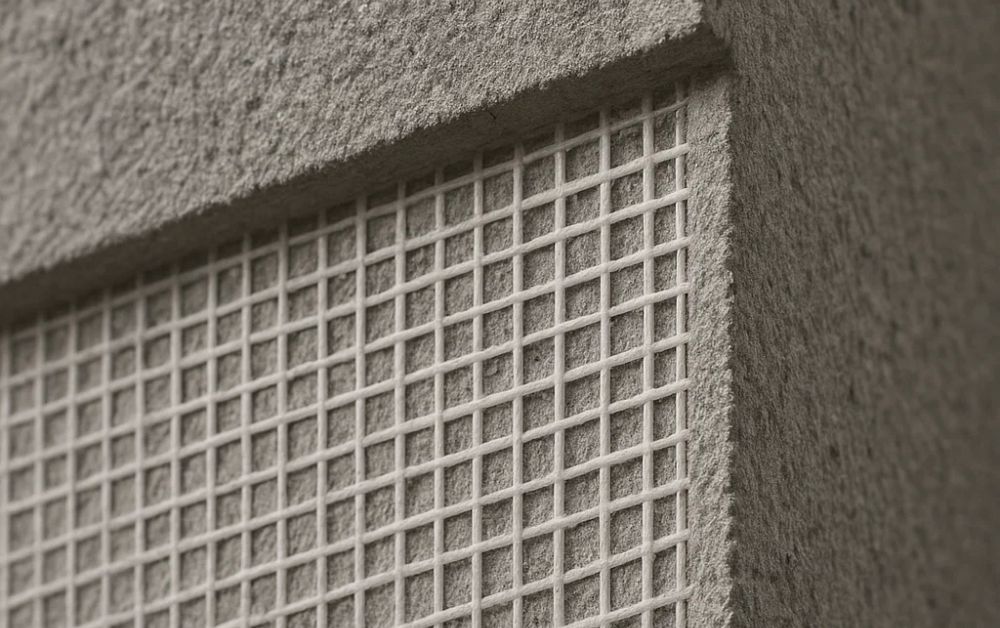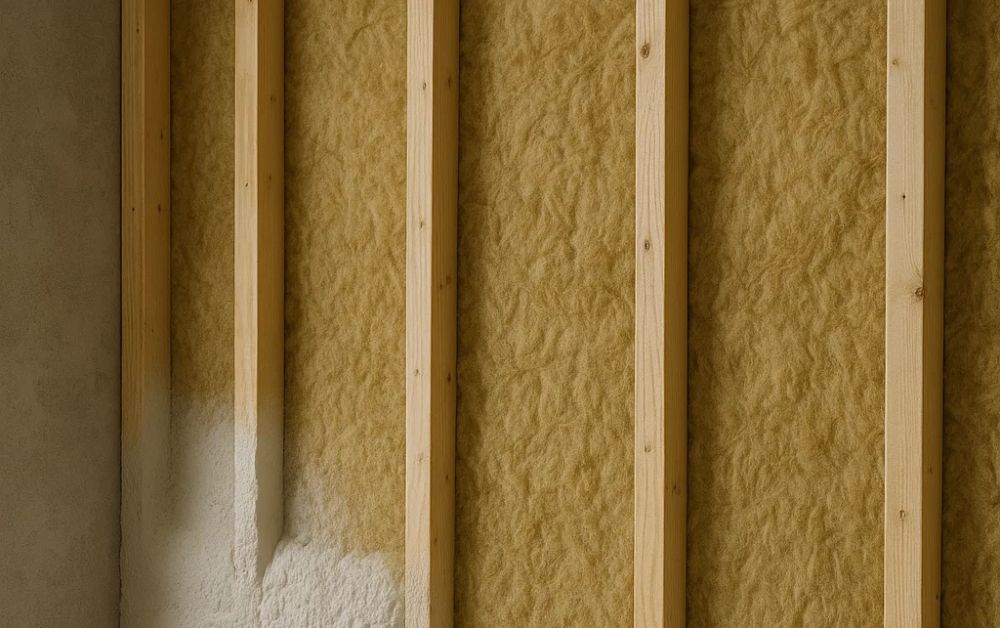In the fast-paced and often noisy environments of 2025, sound management has become a crucial element in building design and renovation. Offices, schools, hospitality spaces, and residential buildings now demand interiors that not only look modern but also provide a serene acoustic experience. Among the many solutions available, acoustic plaster for sound proofing & control has emerged as a game-changer, combining elegant design with powerful noise reduction capabilities.

What is Acoustic Plaster?
Acoustic plaster is a specially formulated plaster system designed to absorb and manage sound waves. Unlike traditional hard plaster finishes that reflect sound, acoustic plaster allows sound waves to pass through its porous surface into an underlying absorbent layer. This significantly reduces echo, reverberation, and background noise, creating a balanced and comfortable acoustic environment.
The modern acoustic plaster for sound proofing & control is far more advanced than early soundproofing methods, offering not just functional benefits but also the flexibility to match a variety of design aesthetics.
Why 2025 is the Year of Acoustic Plaster
Several factors are driving the widespread adoption of acoustic plaster for sound proofing & control this year:
1. Increased Demand for Hybrid Workspaces
Open-plan offices and hybrid work environments require spaces where teams can collaborate without disturbing others. Acoustic plaster provides a subtle yet highly effective solution to manage sound without the visual clutter of panels or partitions.
2. Aesthetic Expectations in Architecture
Architects and designers are under pressure to deliver interiors that are both functional and visually appealing. Acoustic plaster’s smooth, seamless finish means it can be applied over curved surfaces, complex ceilings, or irregular walls without compromising on performance.
3. Sustainable and Eco-Friendly Materials
Many modern acoustic plaster systems are made using recycled or low-impact materials, aligning with the sustainability goals of 2025’s construction industry.
Key Benefits of Acoustic Plaster
When considering acoustic plaster for sound proofing & control, the advantages go beyond noise reduction:
- Seamless Appearance – No visible joints or panel edges, maintaining architectural integrity.
- Design Flexibility – Works with a wide range of colors, textures, and finishes.
- Durability – Resistant to cracking and disintegration, even in high-traffic areas.
- Improved Speech Clarity – Enhances voice intelligibility in meeting rooms, classrooms, and auditoriums.
- Low Maintenance – Easy to clean and maintain, ensuring long-term performance.
Applications Across Industries
The versatility of acoustic plaster for sound proofing & control makes it suitable for almost any type of project:
- Corporate Offices – Boardrooms, conference halls, and open-plan workspaces.
- Educational Facilities – Classrooms, libraries, and lecture theaters for better concentration.
- Hospitality – Hotels, restaurants, and event spaces where noise reduction enhances the guest experience.
- Cultural Spaces – Museums, galleries, and theaters, where clarity and ambiance are key.
- Residential – Luxury homes, home theaters, and private offices.
How It Compares to Traditional Soundproofing Methods
While traditional soundproofing relies heavily on visible panels, partitions, or heavy materials, acoustic plaster for sound proofing & control offers a discreet solution. It integrates directly into the surface of walls or ceilings, eliminating the need for bulky structures. This makes it ideal for projects where maintaining a clean and minimalist aesthetic is important.
Moreover, its performance is comparable to — and in some cases better than — alternative acoustic treatments, particularly in managing mid-to-high frequency noise.
The Future of Acoustic Plaster Technology
As technology evolves, so does acoustic plaster. In 2025, manufacturers are experimenting with:
- Smart Acoustic Systems – Plasters infused with micro-sensors to monitor and adjust acoustic performance.
- Enhanced Thermal Properties – Combining sound absorption with improved insulation.
- Moisture-Resistant Formulas – Expanding use into spas, swimming pool areas, and humid environments.
These advancements make acoustic plaster for sound proofing & control even more versatile and appealing for forward-thinking designers and property owners.
Conclusion
The rise of acoustic plaster for sound proofing & control in 2025 is no accident — it’s the result of a growing need for quiet, comfortable, and beautiful spaces. From corporate offices to private residences, this innovative solution delivers exceptional performance without compromising design. For those seeking expert installation and tailored solutions, Perfect Acoustics stands out as a trusted leader, combining technical expertise with a commitment to creating acoustically optimized environments that look as good as they sound.


